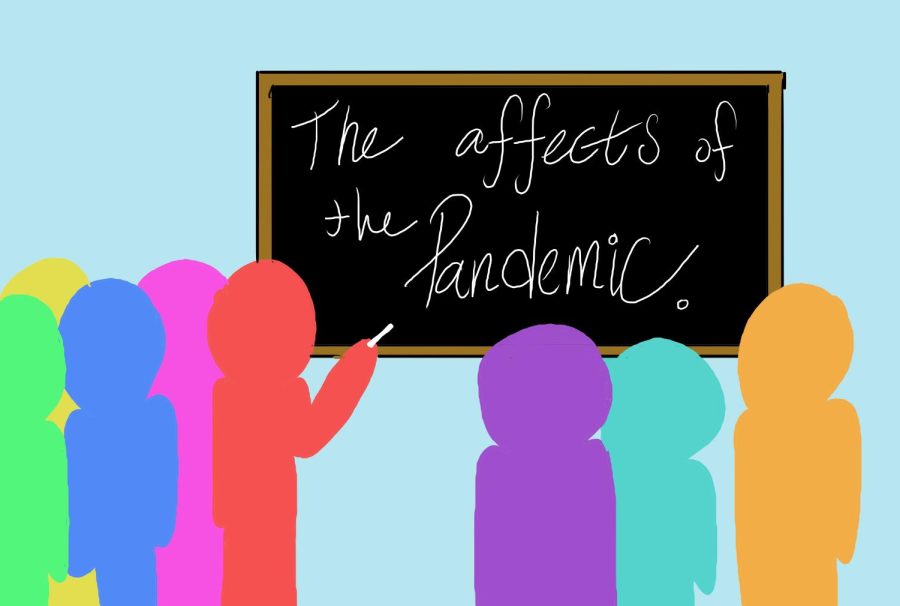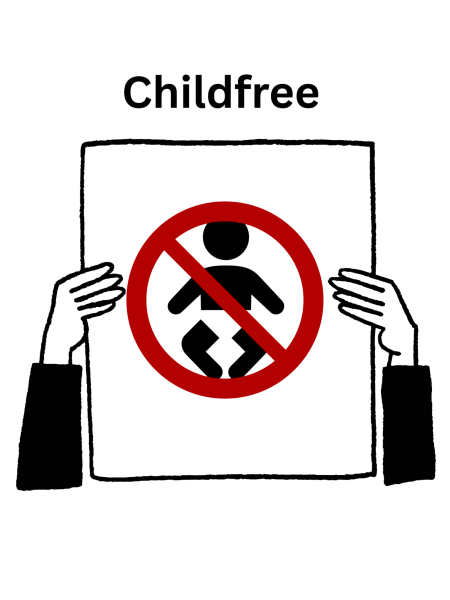Teacher and Substitute Shortage
November 19, 2021
Before Covid-19 impacted the lives of many across the globe, the shortage of teachers had already started. Teachers that were close to retiring, retired once classes went online. According to nu.edu, “8.5 percent of teachers in California appear to be leaving the profession (or the state) each year, and another 8 percent leave their current school to move to another.” Districts are now taking in substitute teachers without looking into all the requirements needed.
Professor Beau Larimer teaches at an Independence High School, along with working at CSU Bakersfield. He taught at the high school for eight years and noticed that once the pandemic happened, students’ grades dropped. Their engagement was not there, and teachers struggled to keep up with Zoom and technology. Larimer chose to continue working during the pandemic, whilst teachers that were on the verge of retiring decided to leave, due to the fact that the system was somewhat crashing down. Teachers were first teaching through Zoom when the pandemic started, but once schools reopened, they were given the opportunity to work in person. Some teachers were ready to back whilst others were a bit scared, as were the students.
Teachers are now encouraged to take the vaccine but are not obligated to do so. If they do not want to get vaccinated, they can opt for weekly Covid-19 testing to ensure the safety of everyone on campus. Even if you are vaccinated, everyone is still required to wear a mask. Larimer decided not to get the vaccine since he was already exposed to the virus beforehand. He noticed that the substitute shortage was affecting many districts, witnessing that teachers were taking on other classes for teachers that were absent.
Sherly Hutton is another teacher in the Kern District that witnessed the impact the pandemic had on teachers. She noticed that it was the breaking point for some teachers leading them to retire or quit. She has been a teacher for over 25 years and took the role of helping daily with lunch distribution and other tasks out of her teaching schedule. Hutton states, “teachers underwent a massive training and all classroom teachers were required to create Canvas accounts… Most teachers were putting in far more hours every day than their contracted hours.” Staff meetings were on Zoom, and when school was in person, there was no recess time, only physical period. Hutton noticed that some students strived during online teaching while many had noticeable learning losses and gaps. Being that Hutton was also an intervention teacher, she would have to cancel her groups to substitute. The academic coach on-site also had to forgo her responsibilities to sometimes substitute, leaving students and their needs behind.
It is clear that there has been a rapid decline in teacher preparation. As stated by the nu.edu website, “11% of teachers “left public school teaching in [their] district/county.” Lauri Heffernan, an Academic Coach at Miller Elementary, believes that distance learning was not a good situation for anyone involved. That goes for parents, students, and teachers, as they all struggle to work around this pandemic. Heffernan states that there are not enough substitutes when teachers are absent, leaving her and colleagues to have to substitute on several occasions. She claims that the district will need to pay substitute teachers more in order to attract and retain them.







